Acupuncture is mysterious to most people. How can those little needles relieve pain or cause the body to heal from different conditions? Why do you put that needle there? Understanding the principles of acupuncture allows practitioners to apply treatment that helps the patient heal.
In Traditional Chinese Medicine (TCM), pain and illness arise from disruption in the flow of “Chi” or “Qi,” the energy of life. Chi flows through the body in pathways called meridians that correspond to the organs and metabolic machinery of the body. Each of the 12 primary meridians is named for the organ or process it affects, and/or what it goes to our through.
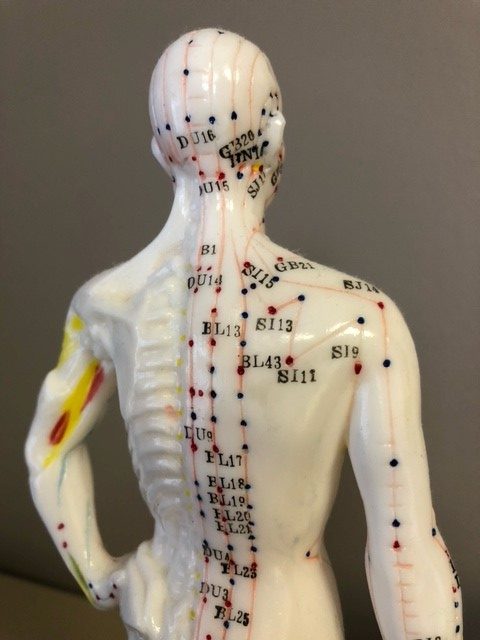
Figure 1 Some of the posterior meridians
Disruption of Chi results in symptoms. This may mean pain or other sensations in the area of disruption, or it may manifest as an upset stomach, ringing in the ear, etc. These seemingly distant symptoms can often be traced directly along the acupuncture meridian. For those who study acupuncture there has always been a nagging question: “Why does that pathway go to or affect that organ or process?” The answer has to do with how the body, and particularly the nervous system, takes form after conception.
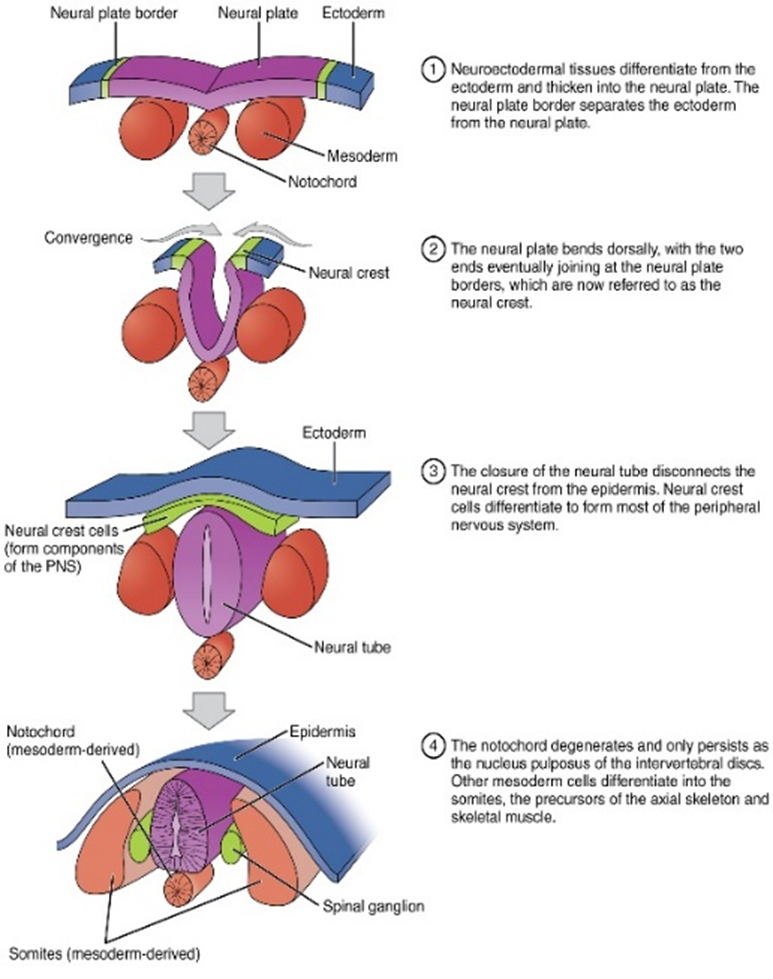
Figure 2 Cells organize to form the neural tube, precursor to the brain and spinal cord. You can also see the spinal muscles developing (somites) and the intervertebral discs which are remnants of the notocord.
Development of the embryo involves differentiation and organization of cells into tissues and organs. As development continues, the body is organized by segments, and each segment is related to a spinal nerve level. Each spinal nerve supplies skin, muscle, bone and organ. Sometimes, the nerve supplies an area of skin far away from the pain. Stimulation of the skin at that point results in a reflex reaction in all the tissues supplied by the nerve. Acupuncture pathways are related to these nerve segments in a complex manner relating to the various branches of each nerve level.
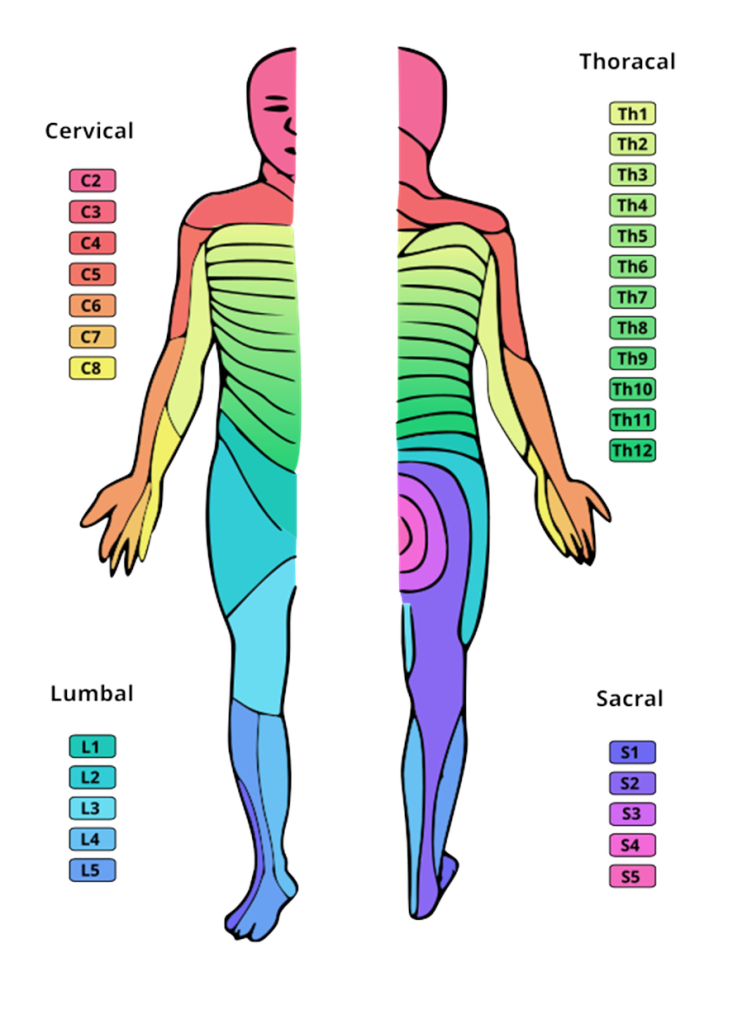
Figure 3 Areas of skin (dermatomes) supplied by each spinal nerve
Internal organs also have nervous connections to the spinal cord:
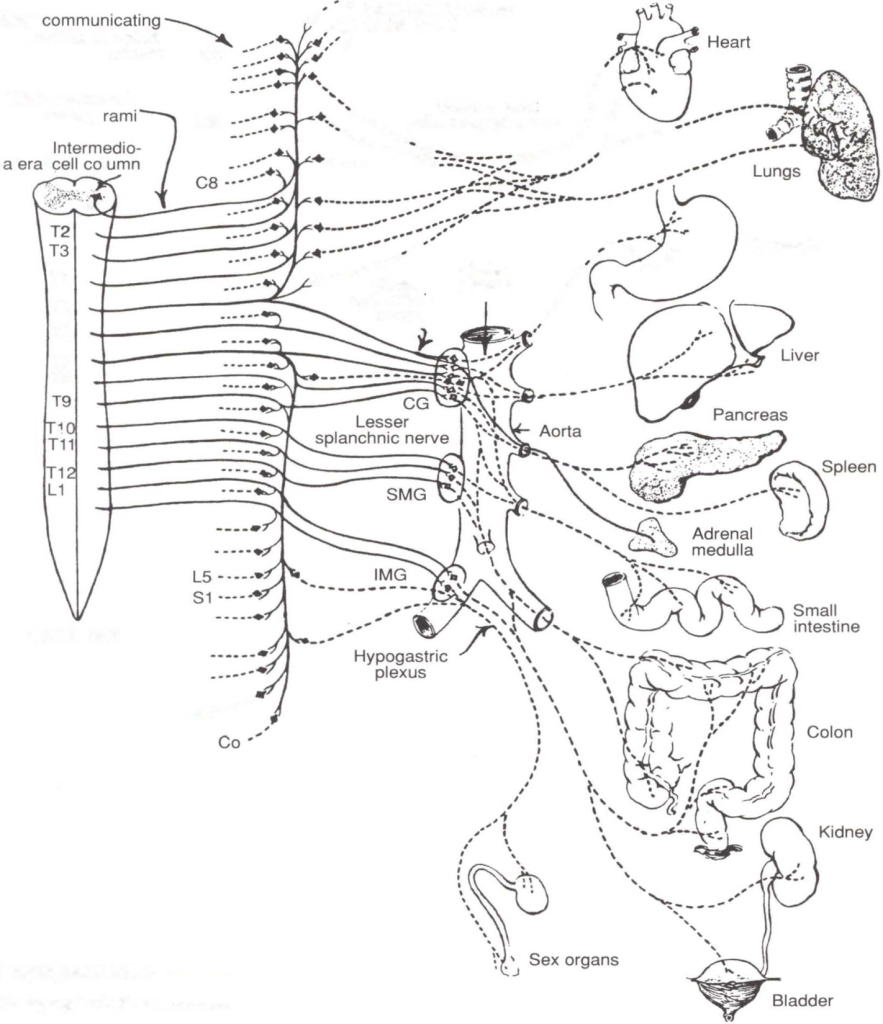
Figure 4: Nerve supply from spinal cord(left) to organs (right)
Of course, there are more complex connections among the pathways, sometimes making the cause more elusive. In the following picture, the solid line is the heart pathway, but dashed lines represent the complex internal connections and relationships to the stomach (ST) meridian and anterior mid line meridian:
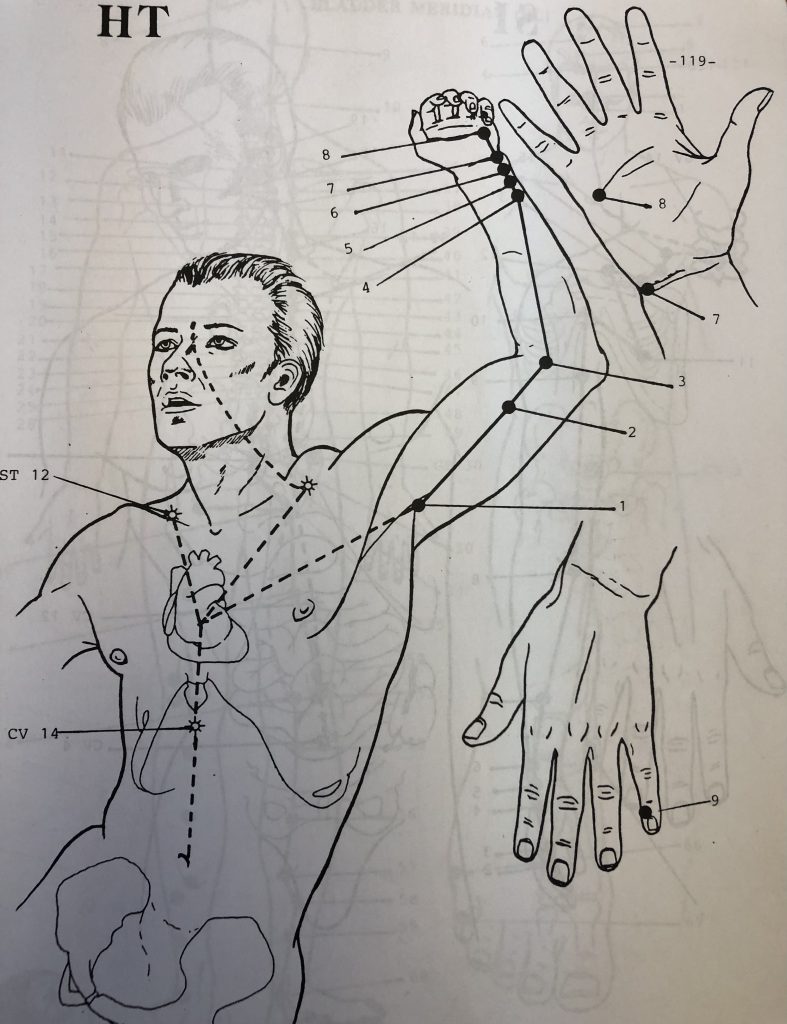
In our most recent newsletter, we used the example of Small Intestine #3 acupuncture point stimulation to help with lower back pain:
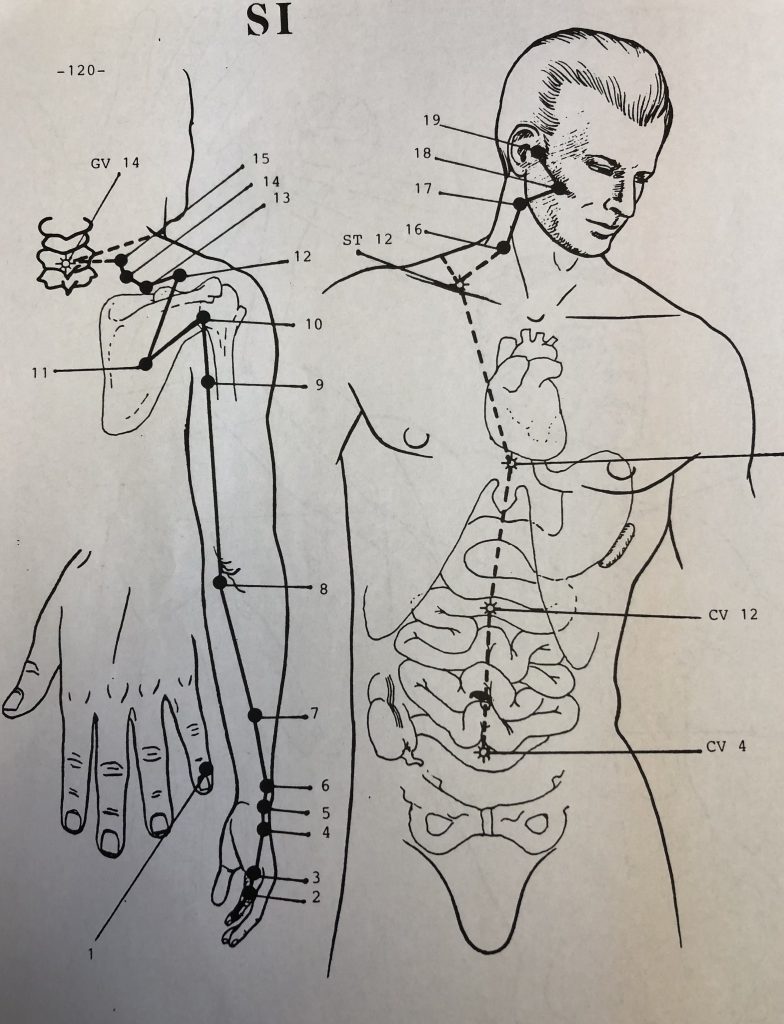
As you see, Small Intestine #3 is on the outside of the pinky finger, so how can it be related to the lower back??? Once again we go back to the organizational development of the body, where the tissue of that part of the hand is derived from the same tissue as that of the latissimus dorsi (the big muscle in the lower back, sometimes called the swimmer’s muscle):
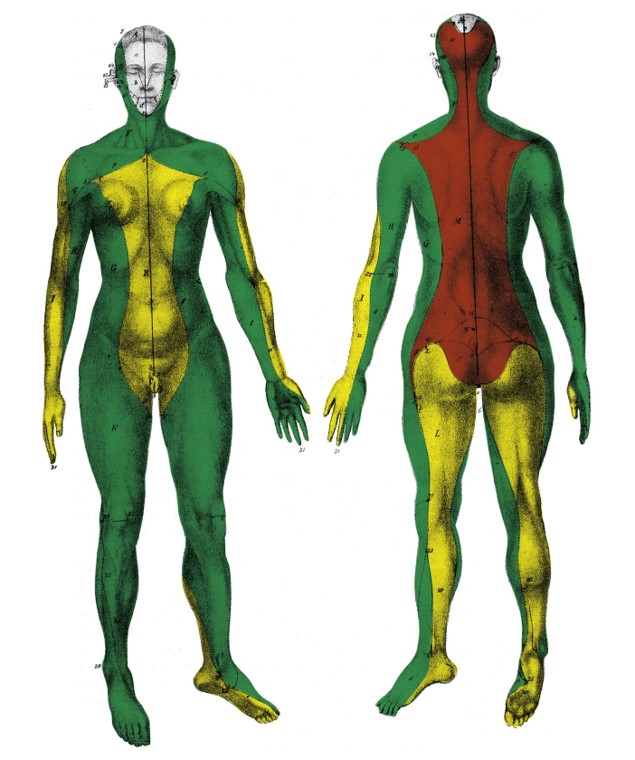
Because of the relationship of acupuncture points to spinal nerve segments, chiropractic and acupuncture compliment each other and work synergistically to help you feel better and heal more quickly.
Acupuncture is a fascinating healing principle! It has brought relief and quality of life to hundreds of my patients, and I am pleased to offer it as a service. For more information, search this blog for other acupuncture articles, or visit our website!